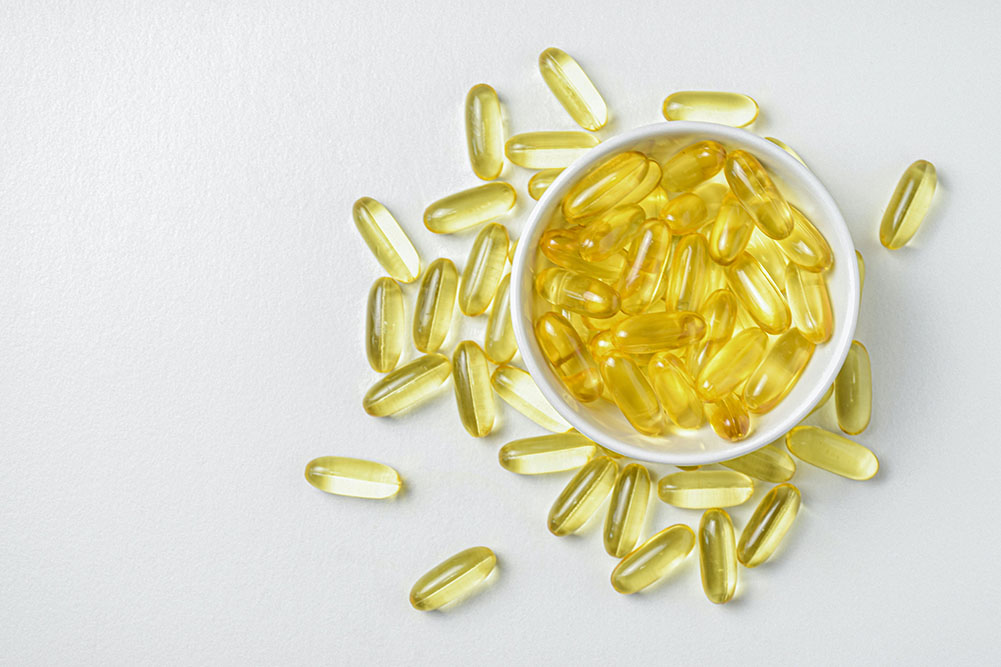As we head into the winter months, the days are shorter and the sunshine seems harder and harder to find. With colder weather and grayer days, you may be wondering how to get vitamin D in winter. Today we’re going to answer that question and others so you have all the knowledge you need about vitamin D going into this winter.
Keep in mind, winter may look different depending on where you are in the world. Drp IV specializes in IV therapy in Utah and Idaho so this article will have some information that is especially pertinent to the same audience. It is also important to note that the best method of how to get Vitamin D in winter is from the sun, if you’re below the 37th parallel (37 degrees latitude). For those above that parallel, which is all of Utah and Idaho, the sun may not be a viable option. Without further ado, let’s get into it!

Vitamin D is an essential nutrient that is necessary for calcium absorption and helps to prevent osteoporosis, heart disease, cancer, diabetes, Alzheimer’s, strokes, and more. However; there are significant risks associated with getting too much vitamin D. So where’s the sweet spot? This has been a topic of some debate among medical professionals but a healthy range for a normal person without a deficiency is 600-800 IUs each day. In the instance of a deficiency, that recommendation is likely closer to 1,000 IU/day.
Dr John D Day MD shared a statistic from the American Heart Association that found in 2010 that 85% of their 132,000 Utahn sample group were deficient in vitamin D. In the cold Utah and Idaho winters, it can be hard to get outside, and even harder not to have layers and layers of clothes to protect against the cold. Our bodies aren’t able to synthesize vitamin D while indoors so it becomes seemingly impossible to get vitamin D from the sun during the winter months while in Utah and Idaho. Luckily there are other methods to get vitamin D as well!
Doctors like Dr John D Day recommend getting your daily vitamin D by going outside and being in the sun for roughly 15 minutes. If you’re fairly covered up, or you have more melanin in your skin, you could need much more than that for your body to produce enough of the vitamin through vitamin D synthesis.
For this process to happen, your skin must be exposed to UVB rays so it can absorb it and begin a chemical reaction that converts it into previtamin D3. After a thermal isomerization process where the previtamin transforms into a different structure, vitamin D3 is formed.
Unfortunately, you cannot rely on vitamin D synthesis as a working method for how to get vitamin d in Winter because you likely will not be able to get sufficient UVB rays for this process to occur on the scale you need.
Vitamin D synthesis is the name for the process of creating vitamin D through sun rays. Let’s now explore ways of how to get vitamin D in winter when the sun isn’t an option:
Dr Day makes it clear that our bodies were created to get most of our vitamin D from the sun but when that isn’t possible here are some alternatives:
Oral Supplements:
These can be purchased over the counter. Be sure to purchase vitamin D3 instead of Vitamin D2 or other variations. Vitamin D3 is the best absorbed by the body.
IM Shots:
If you know much about Drp IV, you know that we love efficient absorption! An alternative to oral supplements that offers much better absorption and is just as quick and easy is an IM shot. These shots are great because you can isolate supplementation for exactly which nutrient you are deficient in. They are quick, affordable, and you can even get them done from home!
IV Therapy:
Wintertime can make it hard to get lots of nutrients, between the weather and seasonal foods. If you are wondering more than how to get vitamin D in winter, a drip can help you get a series of different essential nutrients as well as a hydration boost. Sometimes a total wellness reset is just what we need to be feeling our best.

Overall it is best to get vitamin D from the sun and the foods you eat but if supplementation is needed, you have options. It is important to know how much you need and to be aware of any deficiencies before taking supplements, especially of a vitamin like vitamin D that can have adverse effects if too much is taken.
For deficiencies, relying solely on sunshine or a diet can be difficult. In these instances, we recommend trying something a little more targeted such as a Vitamin D IM shot or IV therapy.
https://www.nytimes.com/2022/12/06/well/live/vitamin-d-deficiency-winter.html
https://www.ncbi.nlm.nih.gov/pmc/articles/PMC5946242/
https://intermountainhealthcare.org/blogs/getting-vitamin-d-during-the-dead-of-winter

Drip Admin has written several informative articles and guides on the benefits of IV therapy, emphasizing the science behind the practice. Our writing style is engaging, concise, and accessible, making complex medical concepts easily understandable for readers.